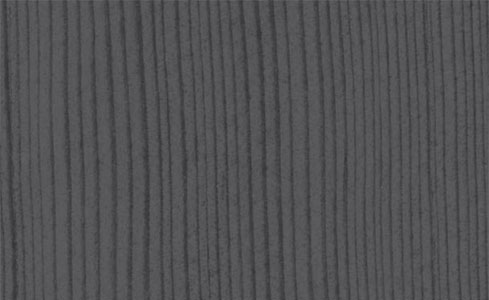
We have had the honor of visiting and even remodeling several classic mid-century homes recently, and have been (re)learning the importance of regionalism in our work. Techniques, themes, and concepts used in many of our local homes can be attributed to a select few architects educated right here in the Northwest.
In fact, many of our fellow Seattleites are unaware of the vast impact our local architects have had on the community. Ralph Anderson, Paul Hayden Kirk and Gene Zema are less than household names, yet have built the “Northwest School” – comprised of the 50’s generation of Seattle architects who were educated in the newly emergent principals of Bauhaus modernism, but embraced an influence of regional context into their designs.
The designs of Gene Zema, Paul Kirk, Wendell Lovett, Roland Terry, Al Bumgardner and many others all embraced the tenants of contemporary space and form-making, but it’s their use of wood that set their work apart from their contemporaries elsewhere in the country. Here’s what we think are the 5 tenants of our hometown modernism:
Responding to the local context of forest, views and rain, these architects developed a regional style known for its elegant structural expression with our local resource, wood, being the medium. These buildings were smaller in scale (wood not being suitable for larger commercial projects), featured pitched roofs, large expanses of glass for views and openness, and reached out to incorporate the landscape, often quite dramatically.
Northwest Regionalism is this uniquely local interpretation of mid-century modernism that is not found anywhere else, which is why we find it so inspiring! And it so embodies the essence of our region.
There is a prominent Japanese flavor to most of the work of this era which was intentional in some cases as Gene Zema was an avid collector of Japanese antiquities, but also, we think, because of the same climates, the use of materials and same contextual features found in traditional vernacular Japanese architecture can be applied in the Northwest for similar benefits.
bbbbbb
Zema’s work in particular is very Japanese in nature. The Lupton House plan is based on a 3′ module; multiples of this module are manipulated to create dynamic spatial complexities, either open and large or intimate and containing. Screens are employed in varying degrees to build a range of spatial experience and richness of detail that is seldom seen in today’s architecture. Yet his work is modest, simple, and inexpensive. See our blog for a more detailed analysis of the Lupton Residence!
We personally think we have much to gain by revisiting the work of these Northwest School architects, and reconsidering some of those design qualities that celebrate the essence of this region we call home.


nice work!